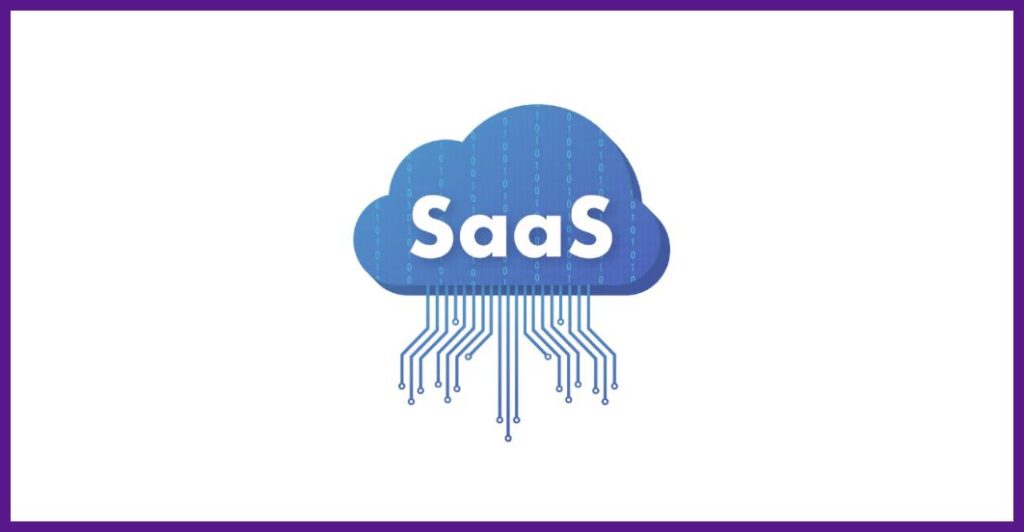Redefining ITAM: SaaS Management in a Cloud World
The rise of SaaS (Software as a Service) solutions has revolutionized the way businesses operate. In 2023, the global SaaS market was valued at around USD 197 billion, with growth expected to reach USD 374 billion by 2026, according to the Gartner. At the heart of this transformation is IT Asset Management (ITAM), which faces new challenges and opportunities. Traditionally, ITAM has focused on locally purchased and installed hardware and software, but today’s landscape demands a more agile and adaptable approach.

The Paradigm Shift at ITAM
IT asset management used to be centered around controlling on-premises hardware and software, but with SaaS becoming ubiquitous, control of these assets is now more dispersed and distributed. Around 701,300 organizations use more than 50 different SaaS applications, fragmenting control that was once consolidated in the hands of the IT department.
Main impacts:
Decentralization of software purchasing: With SaaS solutions, 631% of IT decision makers report that other departments are purchasing software without direct IT involvement.
Usage-based licensing: According to Flexera, 80% of companies are underutilizing their SaaS licenses, while 30% believe they are overspending due to lack of visibility.
Integration and security: Every new SaaS solution poses a potential security risk. 2023 reports from McAfee suggest that 40% of corporate data stored in SaaS applications is considered “sensitive,” which increases the need for strict governance.
New Challenges for Asset Management
The rise of SaaS usage adds a layer of complexity to IT asset management, forcing companies to deal with a more dynamic environment. 851% of organizations reported difficulty tracking all of their SaaS applications, according to a study by BetterCloud. The main challenges include:
Reduced Visibility: Because SaaS solutions can be purchased without going through IT, around 32% of IT spending in 2023, according to the Gartner, were considered Shadow IT – that is, acquired without the knowledge of IT.
Cost Control: The increased use of SaaS without centralized control leads to excessive costs. On average, companies spend 25% more than necessary on SaaS.
Compliance and Governance: With a scattered approach to SaaS, 561% of companies say they are concerned about the difficulty of maintaining compliance with security and privacy regulations such as GDPR and LGPD.
Adapting ITAM to the SaaS World
To address these challenges, companies need to reshape their ITAM practices to include SaaS asset management. SaaS management tools are becoming essential. This year, the market for SaaS-specific management solutions is expected to grow at a rate of 18% per year, highlighting the demand for greater control and optimization.
Implementing structured SaaS governance can reduce Shadow IT incidents, with the MattZero, good IT asset management will bring you greater compliance with regulations and internal guidelines.
The Future of ITAM in a SaaS World
As SaaS continues to dominate the IT landscape, ITAM will need to continue to evolve. By 2027, 751,000 enterprises are expected to have implemented asset management platforms that integrate SaaS monitoring, AI, and automation. This will lead to greater operational efficiency, cost reduction, and security risk mitigation.
To schedule a chat with one of our experts, just click here link.
Tags: saas model, rock content, business model, saas companies, application programming, relationship management, saas in brazil, company offers, cloud application, usage license, digital results, what are the benefits, provider companies, need to worry, computer or device, rd station, churn rate, programming interfaces, ease of upgrade, operating systems, marketing automation, web browser, try it for free, data security, customer life, software products, software development, saas provider, business applications, enterprise resource planning, have access, we needed to install, public cloud, initial cost, customer acquisition, acquisition cost, saas benefits, annual plans, hybrid cloud, contact us, small business, saas business, ibm cloud, customer service, cloud computing, virtual machines, create an account, saas offers, saas advantages, vs saas, software model, modernize applications, brazilian saas, remotely accessed, data storage, private cloud, customer stories, recurring payments, artificial intelligence, application development, application software, red hat openshift, databases, redefining itam, saas management in a cloud world.





